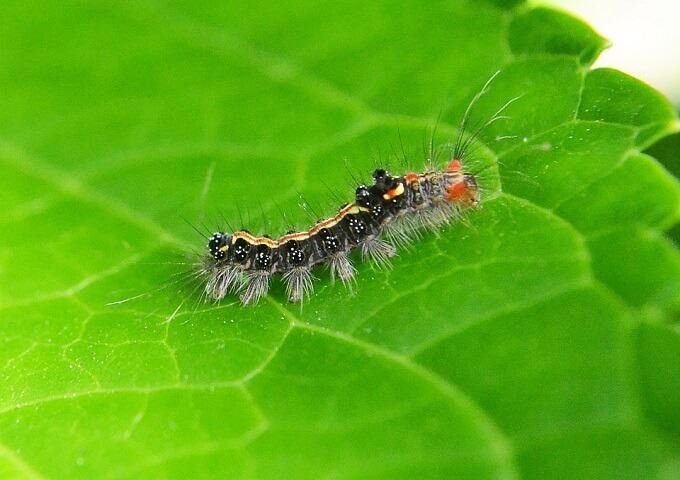Most people think that having a few diligent pests around the garden doesn’t make that much of a difference, however, a few little critters can multiply extremely quickly. Your commercial landscape can be absolutely wrecked if you don’t keep pests' numbers under control.
That’s why an Integrated Pest Management Plan (IPM) is a key aspect of landscape preservation and maintenance, especially on commercial properties.
According to the EPA, IPM is “an effective and environmentally sensitive approach to pest management that relies on a combination of common-sense practices.” Experts have learned to manage pest damage using the most economical means in conjunction with methods that have the least harmful impact on humans and the environment as possible.
These are the steps to take to ensure that you run a comprehensive pest management plan that will benefit your commercial landscape:
Step 1: Preventive Cultural Practices
The first thing to do when implementing an integrated pest management plan is to determine where your pests thrive and to eliminate these areas if possible. Firstly, you need to position your plants in the correct place in your garden, don’t put plants in areas that are too moist or too dry as this is more likely to encourage disease. Remove any dead, dying, or diseased plants, as these are the favorite spots for pests to breed and live. Use mulching on your landscape that is known to deter pests, such as cedarwood, which is known for its repellent qualities.

Step 2: Establish Acceptable Pest Levels
A healthy ecosystem naturally includes some pests and having a few is not just good for the garden but it’s pretty much unavoidable. The objective of an integrated pest management plan is not to completely eradicate all the pests in your garden but rather to keep them at acceptable levels. You need to monitor and determine what level of pest numbers your garden needs and can handle, then you can formulate a plan to establish and control the optimum number of pests.
Step 3: Inspect and Monitor
You need to inspect your landscape for the current pests that are in it, then identify and record them. Monitoring your garden is an important part of any integrated pest management plan, this allows you to keep up-to-date with the pests that currently inhabit your garden and helps you to identify diseased plants, weeds, and trees early. You also need to remember that there are harmless and harmful pests and be able to differentiate between them. For example, ladybirds feed off aphids and many wasp and spider species kill woodworm and other harmful critters.
Step 4: Control
If you find that the pest levels in your garden are higher than they should be and you deem it necessary to take control, then these are the various ways in which you can do that:
Mechanical/Physical Controls
Before turning to chemicals try mechanical or physical controls in the garden as these will only affect the targeted pests and weeds and leave the beneficial creatures unaffected. Controls here can include handpicking, hoeing, soil solarization, and mulching with pest deterring materials.
Biological Controls
Biological controls come in when you actually use beneficial pests to control the harmful ones. Encourage ladybug numbers to control aphids and spined soldier bugs to control grubs, caterpillars, and beetles. This article from Mother Nature Network gives some good insight into good and bad bugs and how they can be used in an integrated pest management plan. Need to monitor as this takes time and monitoring
Chemical Controls
Only after trying all other methods should you look into using pesticides as a control method. Try and avoid broad-based pesticides as these are likely to kill every insect in your garden. Rather try targeted solutions that are created for the problem of pests in your garden – horticultural oils and insecticidal soaps are great alternatives.
Design using plants that are not susceptible to diseases or insects
By approaching the problem of pests from several different directions, you can effectively manage potential infestations more quickly, with better chances of prevention.
Minimal impact on the environment is important, as well as ensuring the safety of both people and other creatures in your garden.
The appropriate integrated pest management plan for your commercial landscape will depend on your unique design, size, and expectations of your property. A customized, expert plan from a professional landscape maintenance company is your best option for a healthy and happy ecosystem.
If you would like to find out more about pest management and get expert advice on everything to do with maintaining your commercial property, then download our eBook Landscape Maintenance Guide for a Commercial Property Owner.

